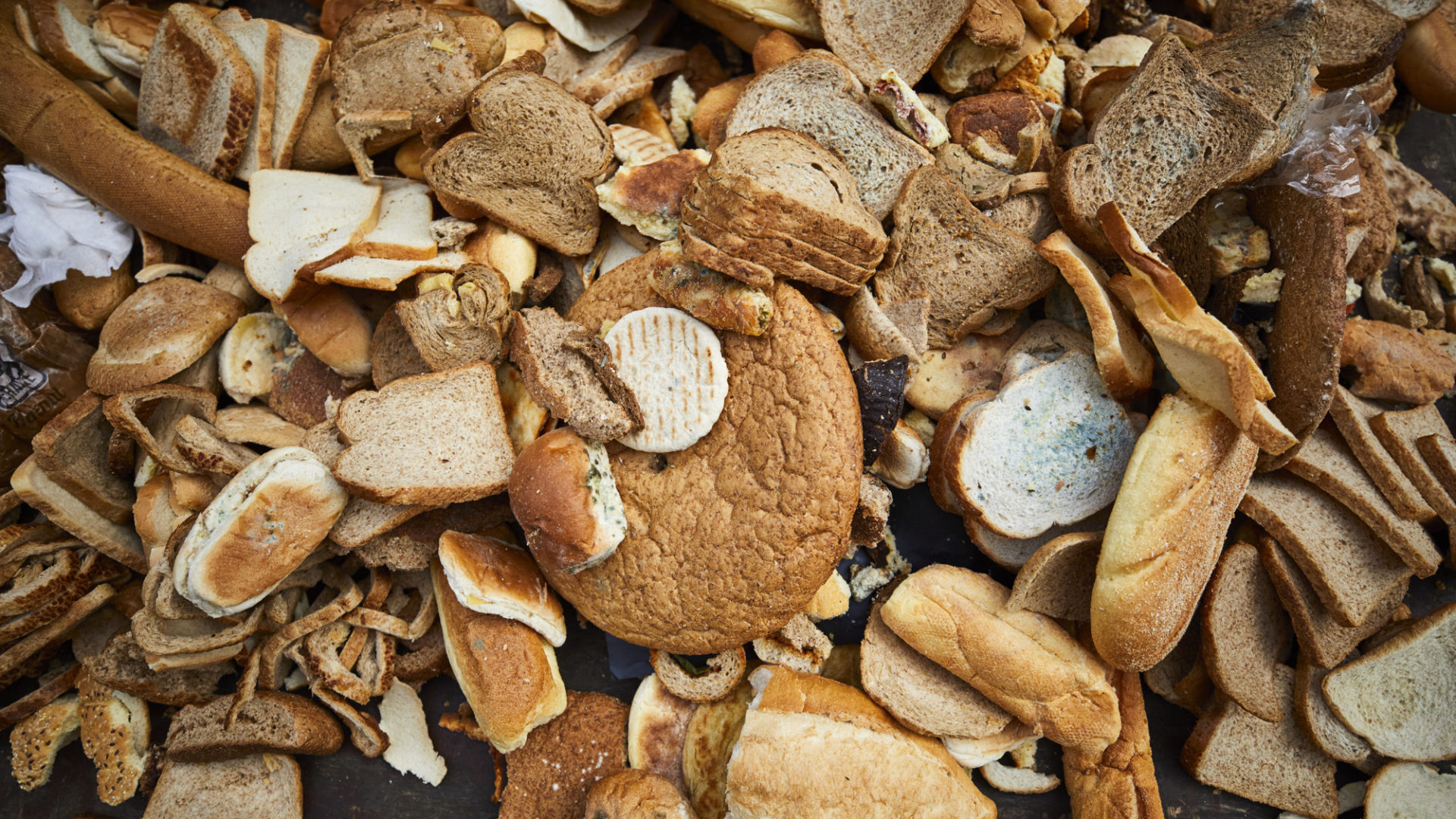The Conquest of Bread (waste?)
“Things are what we encounter and ideas are what we project” (Stein, 1927). The thingness of objects, as suggested by Bill Brown, reveal themselves when they stop working for us, “when their flow within the circuits of production and distribution, consumption and exhibition has been arrested”. The realisation of the thingness of the food system reveals an inherent design problem within itself, a system of unfair relations and distribution and extreme waste and flaws particularly associated with the linear take, make, waste model of consumerism at play.

Two thirds of what we harvest from the Earth is disposed of, burned or buried. Approximately one third of all food produced for human consumption is lost or wasted and more and more land is converted. The notion that more than enough of the essentials are already being produced and the issue of equity and the right to well being and well being for all was apparent to Kropotkin in 1892, yet it still confounds us today. The idea of a circular economy has gained acceptance in many sectors and particularly within the Fast Moving Consumer Goods (FMCG) and the food production part of the value chain. One of the key components of the circular economy is to keep materials in use. Waste reimagined can pose opportunity. The role of design in this context is to reevaluate the relationships between components of the food systems and with design the approach is often to redesign, to observe and evaluate what exists first and make that more acceptable, more commercial, more sustainable. “There is always something remedial in design” (Brown 2001; Thing Theory).
In response to a problem with vermin in some Dutch cities and under the advice of KAD, a research body offering advice on pest control, some city councils established a bread collection program to eliminate one source of food for the vermin. This bread was then brought to anaerobic digesters and turned into biogas or turned into fertilizer. One company, BroodNodig, which translates both as “highly necessary” and “bread needed” developed a commercial business from this, charging the council for its collection service with an eye to produce biogas and use it to generate and sell electricity.

The technology to transform this waste into biogas comes from a company called The Waste Transformers based in Hoofddorp in North Holland. They first set up a plant in a disused gasworks in Westergasfabriek in Amsterdam which saw waste from 12 restaurants, 2 theatres and a microbrewery converted into electricity on site which energy consumers can opt for by choosing an energy tariff specifying their preferences.
The Waste Transformers have since developed and onsite containerised anaerobic digester, the Waste Transformer itself. This is used in companies or in communities who can convert their organic biodegradable waste and convert it into electricity and heat with subsequent waste from this process converted into fertilizer. And all this has been developed and designed because of a need to deal with a rat problem in an urban area in Rotterdam
Of course the focus should be on minimizing waste in the first place, focusing energy towards educating people about better planning and appreciating the true value of food and attempting to design waste out of the food system. Baking the bread in the first place uses more energy than could ever be created afterwards through biofuel creation. However initiatives like these can aid in building and strengthening communities and creating a collective sense of ownership within communities. This allows consumers become co producers and allows citizens take a more active role in how their community and food system develops.